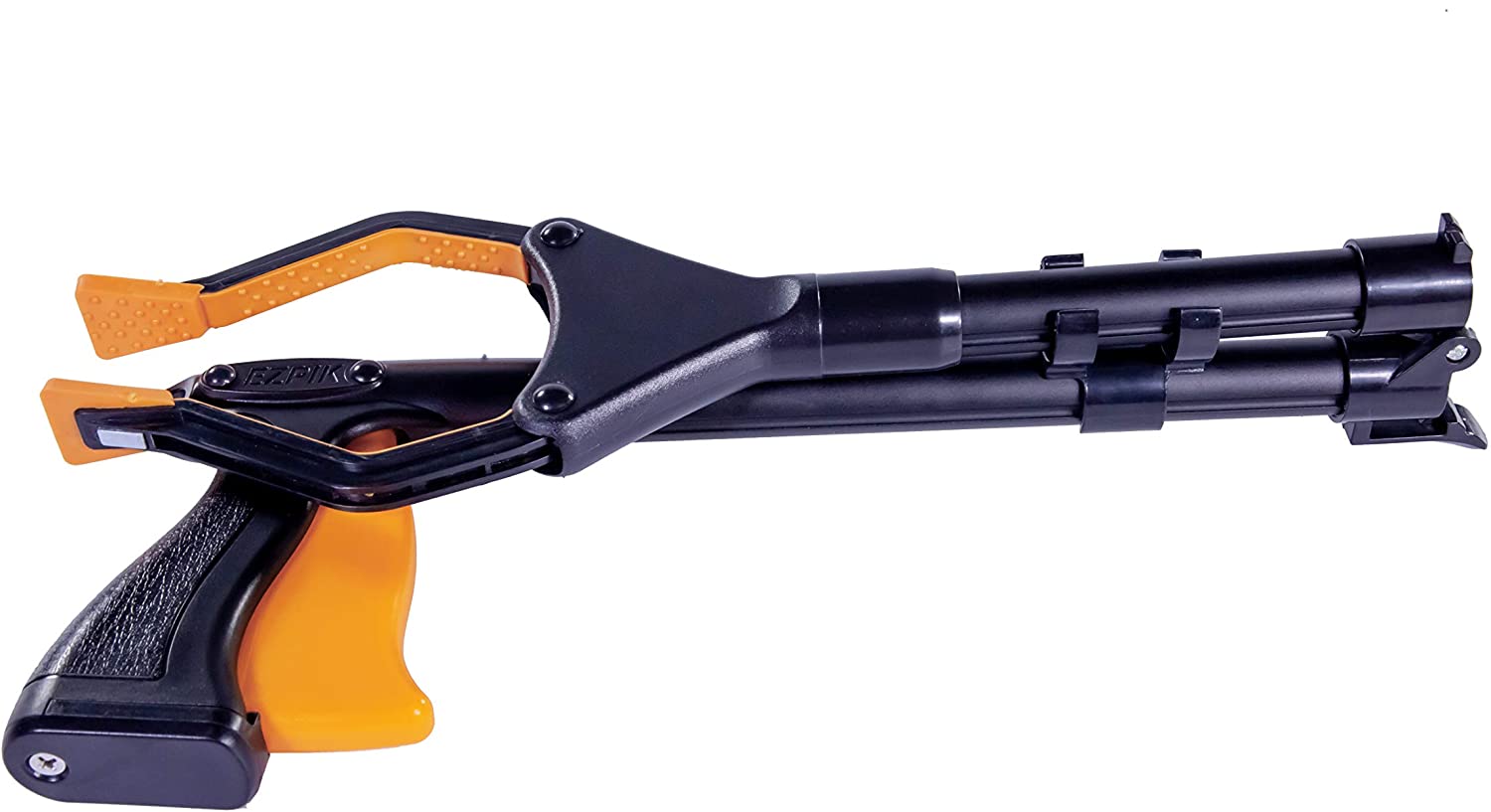

Some grabbers have weight limits of five pounds or less others can handle as much as 10 pounds. Key considerations Weight limitīefore you buy an extension grabber, think about the size and weight of items you’ll be lifting. Many people use them for activities like roadside trash cleanup and putting up Christmas lights. When you’re ready to buy, be sure to check our recommendations for the best extension grabbers on the market.Įxtension grabbers aren’t just for those with mobility challenges. Which one would serve you best? Keep reading to learn more. Most extension grabbers are made of lightweight aluminum, but they come in a variety of lengths, and some are specialized for different tasks. The pincer grip of an extension grabber mimics the work of an opposable thumb and index finger or a closing hand, making it unbelievably handy. Extension grabbers can reduce your reliance on unstable step stools and save you from having to get down on the floor. Some are designed for heavy-duty tasks, as well. You can use one to reach an item on a high shelf or keys that have fallen on the floor. Also called grabber tools or grabber reachers, they are commonly used to pick up litter along roadsides or in parks.An extension grabber can give individuals with mobility challenges - and those without them - access to objects outside their normal reach without taking risks with their balance.Įxtension grabbers are long, slender tools that can be used to increase your reach by as much as three feet. These tools allow users to pick items up without bending down, or pull items off high shelves without straining or climbing to reach them. There are different variations of the tool, but most have a claw-like end that grips items that would otherwise fit in someone's hand, a 2-to 3-foot-long rod in the middle, and a handle with a trigger on the opposite side to manipulate the claw. What You Should Know About Reacher Grabber ToolsĪ reacher grabber is a tool that works as an extension of the arm.


Picking up books of varying sizes to see if the grabber’s reacher claw had a weight limitįinally, I reviewed the user experience of each grabber reacher tool: what the handle felt like, how natural it felt to hold, how adjustable it was, and how using it differed between my dominant and non-dominant hand.Moving sandbags from place to place with both my dominant and non-dominant hand.Pinching a squishy stress ball without rupturing it.Picking up vitamin pills from the floor.Next, I used the top four best-performing reacher grabbers-the Vive rotating reacher, the Vive suction cup reacher, the Gopher, and the Birdrock-to perform more objective tests to determine their versatility and claw strength: Picking up a croquet ball, a stuffed animal, and a Lego brick off the floor.Snagging a half-full glass of water and a remote control from a table in front of me.Pulling a notebook and a phone charger from an unzipped backpack.Collecting a book, a can of vegetables, and a stuffed animal from a high shelf.
HEAVY DUTY GRABBER REACHER TOOL SERIES
Our testing of reacher grabbers consisted of three rounds: two objective rounds, in which I tested the tools’ capability at performing various tasks, and one subjective round, in which I evaluated how easy it was to use.įor the first objective round, I used each reaching assist tool in a series of tests designed to mimic common tasks: I’ve previously written about accessibility items, such as products that make the bathroom more user-friendly for folks aging in place, so I was excited to try out reacher grabbers, which many people use to make hard-to-reach household items easier to grasp.

I’m Sara Hendricks, the Emerging Categories writer here at Reviewed, which means I’ve covered all sorts of products, from compression socks to period underwear. Testing involved grabbing items off of hard-to-reach places.


 0 kommentar(er)
0 kommentar(er)
